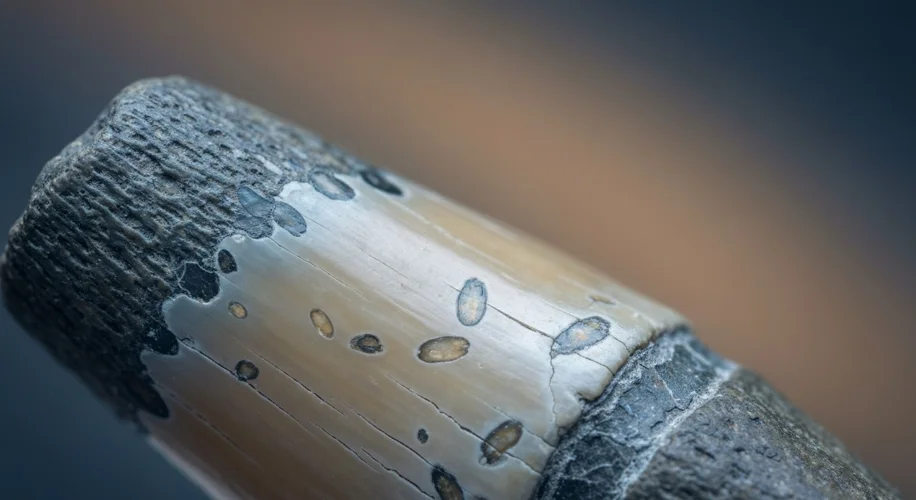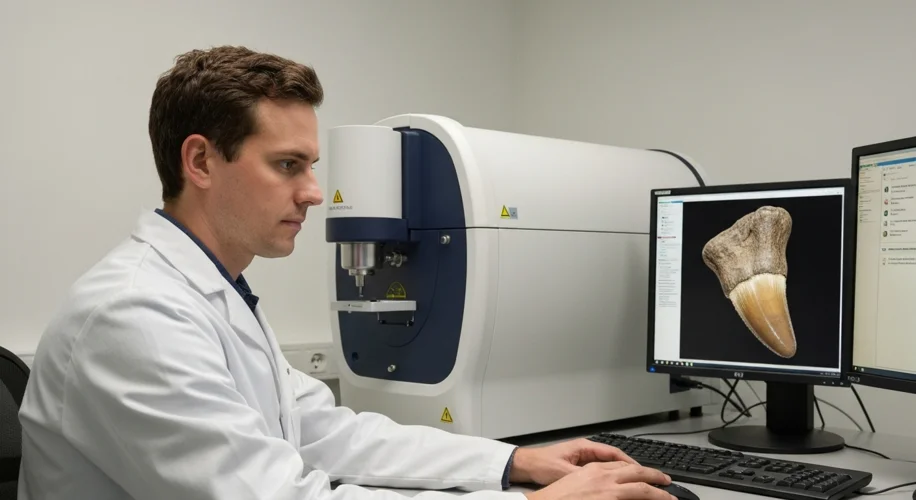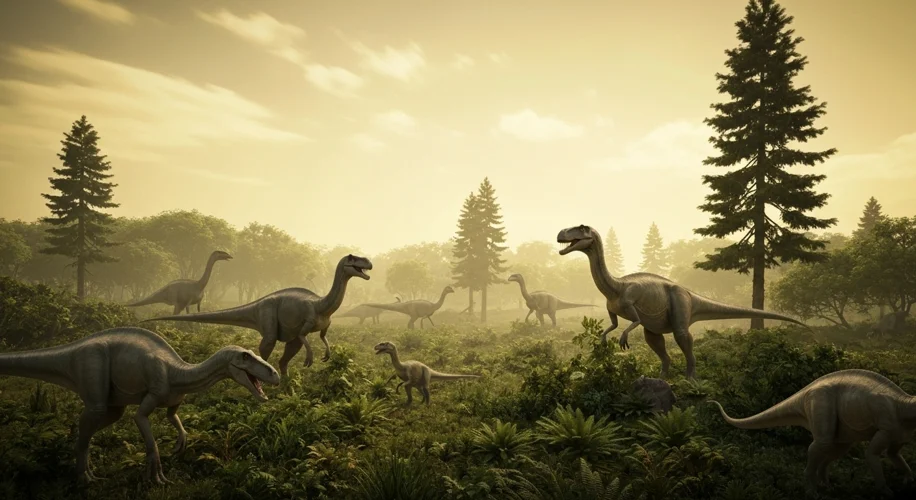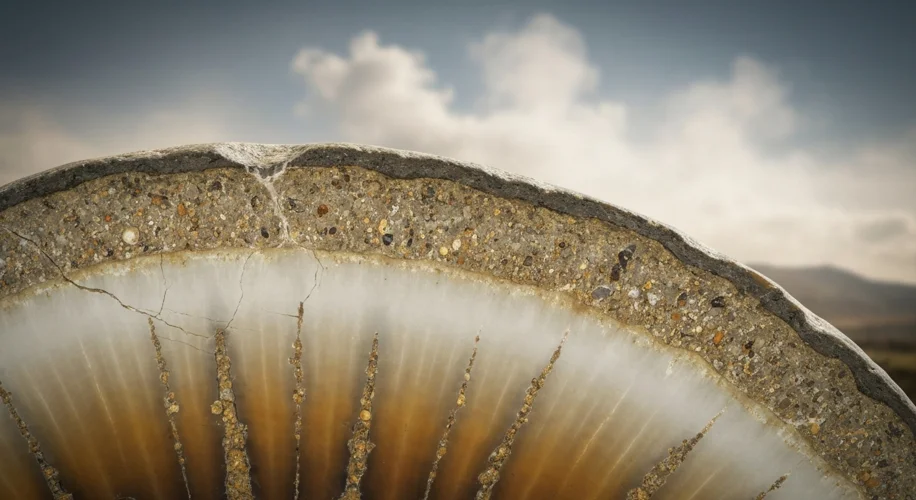Imagine a world not of steel and concrete, but of colossal ferns, steamy swamps, and skies tinted with hues we can only guess at. This was the Earth millions of years ago, a planet breathing a different air. But how can we possibly know what that air was like? The answer, surprisingly, lies not in the wind or sky, but locked within the very teeth of the dinosaurs that once roamed our planet.
For decades, scientists have been piecing together the puzzle of Earth’s ancient atmosphere, a monumental task that requires delving into the deep past. Our current atmosphere, a delicate balance of nitrogen, oxygen, and trace gases, is the product of billions of years of evolution. But what about the air that filled the lungs of a Tyrannosaurus Rex or a Brachiosaurus? Understanding this ancient atmosphere is crucial, as it directly influenced everything from the evolution of life to the planet’s climate.

The key to unlocking this atmospheric secret lies in a fascinating scientific detective story, with fossilized dinosaur teeth acting as tiny, time-worn capsules. These aren’t just bones; they are geological records. When a dinosaur lived, its teeth, like ours, were constantly forming and growing. This process incorporated elements from the food it ate, the water it drank, and the very air it breathed.
Specifically, scientists focus on the enamel, the hardest substance in the body. During enamel formation, tiny bubbles of air from the surrounding environment can become trapped within its crystalline structure. Think of it like amber preserving an ancient insect; the enamel preserves a snapshot of the atmosphere at that precise moment in time. But it’s not just simple air bubbles. Certain elements, like isotopes of carbon and oxygen, also get incorporated into the tooth structure, providing further clues about the atmospheric composition, including the concentration of carbon dioxide (CO2).
For example, the ratio of different carbon isotopes (like Carbon-13 to Carbon-12) in the tooth enamel can tell us about the types of plants the dinosaur ate, which in turn reflects the CO2 levels in the atmosphere at that time. Higher CO2 levels supported lush, abundant plant growth, which formed the diet of many large herbivores.
One of the primary methods used is mass spectrometry. This powerful technique can analyze the mass-to-charge ratio of ions, allowing scientists to identify and quantify the different isotopes present in the fossilized teeth. By carefully analyzing these isotopic signatures, researchers can reconstruct the levels of key gases like oxygen and carbon dioxide. They can also infer information about temperature and humidity.

Consider the Cretaceous period, roughly 145 to 66 million years ago. This was the age of giants like Triceratops and Tyrannosaurus Rex. Research using dinosaur teeth suggests that the atmosphere during this time had significantly higher levels of carbon dioxide compared to today, perhaps as much as 5 to 10 times higher. This high CO2 likely contributed to a warmer global climate, with warmer oceans and no polar ice caps. Oxygen levels might have also been higher, possibly around 30% compared to today’s 21%, which could have supported the larger body sizes of many dinosaurs and allowed for more efficient respiration.
This reconstruction isn’t just an academic exercise. Understanding past atmospheric conditions helps us refine our climate models. If we can accurately model how Earth’s climate responded to much higher CO2 levels in the past, we gain invaluable insights into how our planet might react to current and future anthropogenic climate change. It provides a real-world, long-term data set that computer models can be tested against.
Furthermore, studying these ancient atmospheres helps us understand evolutionary pressures. Did higher oxygen levels enable dinosaurs to grow so large? How did varying CO2 concentrations influence plant life, and thus the entire food web? These fossilized teeth, when analyzed with cutting-edge science, offer a direct link to these profound questions.
The painstaking work of extracting and analyzing these ancient atmospheric samples from fossilized teeth is a testament to scientific ingenuity. It’s a process that requires immense precision, from the careful excavation of fossils to the delicate laboratory analysis. Each tooth is a treasure, a silent witness to a lost world, and within its structure, it holds the very breath of ancient Earth, waiting to be deciphered.

So, the next time you see a dinosaur fossil, remember that it’s more than just a collection of ancient bones. It’s a time capsule, a repository of information that allows us to peer back through the eons and, in a very real sense, breathe the air of the dinosaurs.

